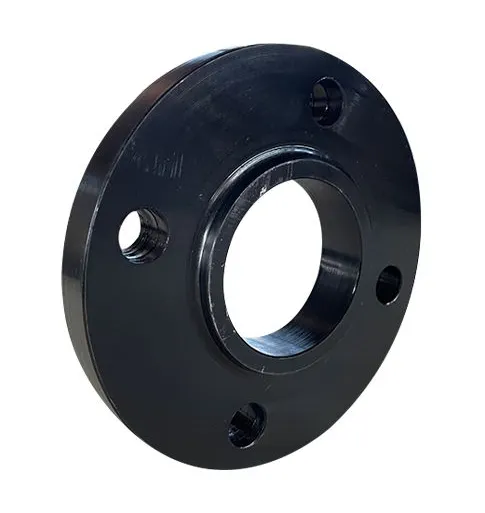-
Cangzhou Yulong Steel Co., Ltd.
-
Phone:
+86 13303177267 -
Email:
admin@ylsteelfittings.com
- English
- Arabic
- Italian
- Spanish
- Portuguese
- German
- kazakh
- Persian
- Greek
- French
- Russian
- Polish
- Thai
- Indonesian
- Vietnamese
- Zulu
- Korean
- Uzbek
- Hindi
- Serbian
- Malay
- Ukrainian
- Gujarati
- Haitian Creole
- hausa
- hawaiian
- Hebrew
- Miao
- Hungarian
- Icelandic
- igbo
- irish
- Japanese
- Javanese
- Kannada
- Khmer
- Rwandese
- Afrikaans
- Albanian
- Amharic
- Armenian
- Azerbaijani
- Basque
- Belarusian
- Bengali
- Bosnian
- Bulgarian
- Catalan
- Cebuano
- China
- China (Taiwan)
- Corsican
- Croatian
- Czech
- Danish
- Esperanto
- Estonian
- Finnish
- Frisian
- Galician
- Georgian
- Kurdish
- Kyrgyz
- Lao
- Latin
- Latvian
- Lithuanian
- Luxembourgish
- Macedonian
- Malgashi
- Malayalam
- Maltese
- Maori
- Marathi
- Mongolian
- Myanmar
- Nepali
- Norwegian
- Norwegian
- Occitan
- Pashto
- Dutch
- Punjabi
- Romanian
- Samoan
- Scottish Gaelic
- Sesotho
- Shona
- Sindhi
- Sinhala
- Slovak
- Slovenian
- Somali
- Sundanese
- Swahili
- Swedish
- Tagalog
- Tajik
- Tamil
- Tatar
- Telugu
- Turkish
- Turkmen
- Urdu
- Uighur
- Welsh
- Bantu
- Yiddish
- Yoruba

Dec . 21, 2024 19:00 Back to list
ansi 150 gasket
Understanding ANSI 150 Gaskets Importance and Applications
Gaskets are integral components in various mechanical systems, serving as sealing devices between mating surfaces to prevent leakage of fluids or gases. Among different standards and classifications of gaskets, the ANSI 150 gasket holds a significant position, particularly in industries dealing with piping systems and pressure vessels. This article will delve into the details of ANSI 150 gaskets, their specifications, materials, applications, and best practices for selection and maintenance.
What is ANSI?
The term ANSI stands for the American National Standards Institute, an organization that oversees the development of voluntary consensus standards for products, services, processes, systems, and personnel in the United States. ANSI standards play a crucial role across diverse industries by ensuring safety, quality, interoperability, and efficiency. The ANSI 150 specification refers to a flange class rating that indicates a specific pressure-temperature rating for gaskets.
ANSI 150 Flange Specifications
ANSI 150 refers specifically to flanges with a pressure class rating of 150 psi. This rating signifies that the flanges, as well as the gaskets inserted between them, can safely operate under specific conditions. The ANSI 150 standard is commonly used in various sectors, including oil and gas, chemical processing, and water treatment, where flanged joints need reliable sealing solutions.
The dimensions of ANSI 150 flanges are standardized, which ensures compatibility across different manufacturing sources. The standard defines the size, bolt hole pattern, and gasket seating surface dimensions, allowing for uniform installation and operation.
Types of Gaskets Used in ANSI 150 Applications
Gaskets designed for ANSI 150 applications come in various materials to cater to different operational requirements. Common materials include
1. Spiral Wound Gaskets These gaskets are made from alternating layers of metal and filler material, providing excellent sealing properties under high-pressure and high-temperature conditions. 2. Ring Gaskets Often made from materials like rubber or fiber, these are designed to fill the space between the flanges. They are easy to install but may not handle extreme conditions effectively.
3. Compressed Non-Asbestos Gaskets (CNAF) These are increasingly popular due to their ability to withstand a wide range of temperatures and pressures without the safety hazards associated with asbestos.
ansi 150 gasket

4. PTFE Gaskets Polytetrafluoroethylene (PTFE) gaskets are resistant to chemical attacks and are ideal for applications that involve aggressive chemicals.
Selecting the Right ANSI 150 Gasket
Choosing the correct gasket for ANSI 150 applications involves several considerations
- Material Compatibility The gasket material must be compatible with the fluids or gases it will be sealing. This compatibility affects the overall effectiveness and lifespan of the gasket.
- Temperature and Pressure Ratings Make sure to select a gasket that meets or exceeds the operational temperature and pressure conditions of the system.
- Environment Consider the environmental conditions, such as exposure to corrosive elements, which may influence the choice of gasket material.
Maintenance and Inspection
Regular inspection and maintenance of gaskets are crucial to ensure the integrity of any piping system. Signs of wear, such as deformation or discoloration, indicate that a gasket may need replacement. Preventive maintenance practices, including periodic checks and replacements based on operational cycles, will prolong the life of the gaskets and ensure safety.
Always refer to manufacturer guidelines and industry standards when replacing gaskets, as improper installation can lead to leakage, costly downtime, and safety hazards.
Conclusion
In summary, ANSI 150 gaskets are vital components in maintaining efficiency and safety in various industrial applications. Understanding their specifications, selecting the appropriate material, and adhering to proper maintenance protocols are essential for optimal performance. By doing so, industries can ensure effective sealing in their systems, preventing leaks and extending the lifespan of their equipment. Investing time and resources into proper gasket management is a decision that pays off in both operational efficiency and safety.
Latest news
-
ANSI 150P SS304 SO FLANGE
NewsFeb.14,2025
-
ASTM A333GR6 STEEL PIPE
NewsJan.20,2025
-
ANSI B16.5 WELDING NECK FLANGE
NewsJan.15,2026
-
ANSI B16.5 SLIP-ON FLANGE
NewsApr.19,2024
-
SABS 1123 FLANGE
NewsJan.15,2025
-
DIN86044 PLATE FLANGE
NewsApr.19,2024
-
DIN2527 BLIND FLANGE
NewsApr.12,2024
-
JIS B2311 Butt-Welding Fittings LR/SR 45°/90° /180°Seamless/Weld
NewsApr.23,2024











